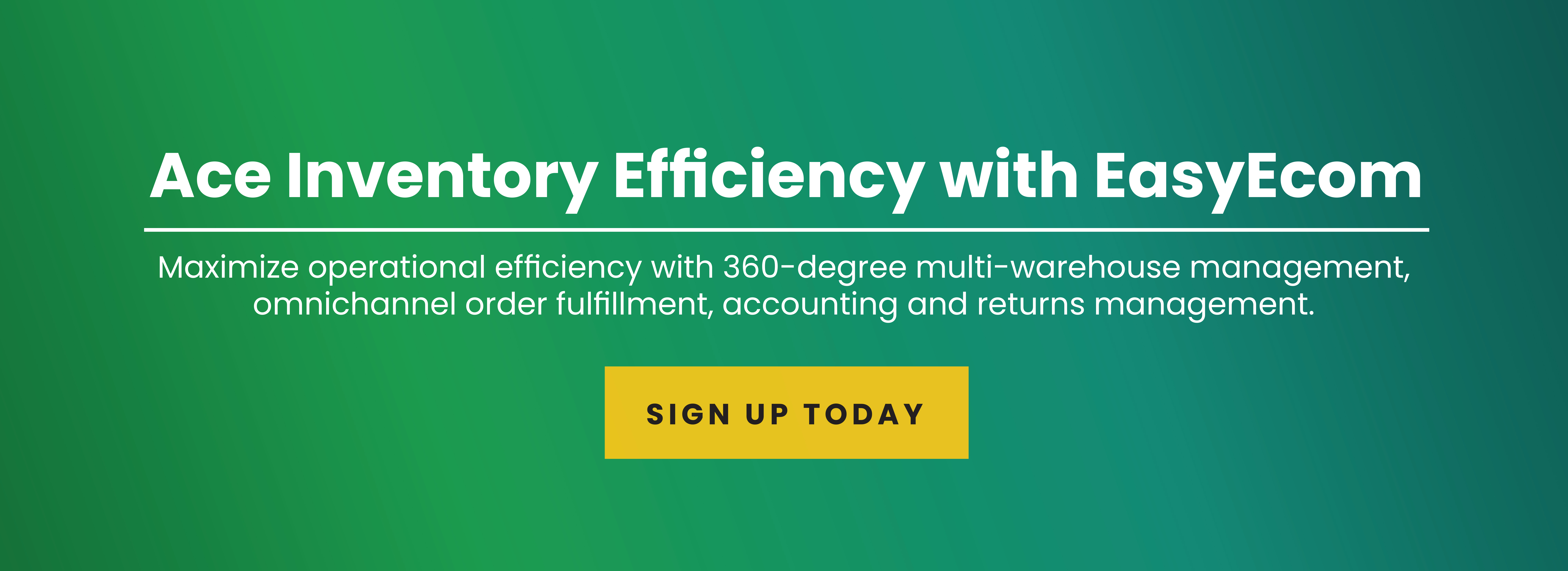The Government has been hinting at reimagining digital eCommerce in 2021 and the wait is officially over as of April 29, 2022. The Open Network for Digital Commerce (abbreviated to the ONDC) project has been piloted across the 5 cities of New Delhi, Bhopal, Bengaluru, Coimbatore, and Shillong.
The ONDC is a market-led initiative that aims to democratize eCommerce and unlock value for all parts of the digital eCommerce ecosystem.
In July 2021, Infosys non-executive chairperson Nandan Nilekani joined the ONDC advisory council. The current ONDC team is led by Thampy Koshy and comprises renowned digital evangelists such as Shireesh Joshi, Vibhor Jain, Supriyo Ghosh and Sujith Nair. Nair is the CEO of the Beckn Foundation, a Bengaluru-based non-profit that has created the open and decentralized protocol powering the ONDC ecosystem.
The ONDC is being likened to the BHIM UPI (Unified Payments Interface) which was launched 6 years ago and has led to an increase in the number of digital transactions reconciled. According to Mr. Koshy, who is the CEO for the ONDC project, the intent is to make digital commerce more inclusive by inviting more participants. The move can also increase India’s e-retail penetration, which currently is between 4.3% to 6%, way below China, Korea and the United Kingdom, all of which have a 20%+ penetration.
The ONDC is a network and is not to be mistaken for a platform or application. It has been designed to
- Unbundle the eCommerce chain of services and reduce the Go-to-Market with the acquisition of both sellers and customers. It allows participants to come with their existing capabilities and complete the solution.
- Improve the interoperability to provision for greater market access. It will facilitate a seamless eCommerce delivery across different entities that are connected through the open network.
The most significant distinction between a network approach like the ONDC and a platform approach like Amazon or Flipkart is that the buyer and seller can interact irrespective of how they choose to be digitally visible.
Put simply by Shireesh Joshi,
there is a flow of value rather than a store of value.
This means that buyers and sellers can interact commercially so long as both parties are connected to the network with an open protocol.
Up until now, the eCommerce market was largely dominated by Amazon and Flipkart, requiring both the customer and seller to transact on these platforms. Through the ONDC, registration on these platforms are voluntary rather than compulsory. Offline sellers can compete with their online counterparts and provide their services and products to customers located closest to them, thereby improving hyperlocal delivery.
150 sellers are expected to be onboarded across the aforementioned cities. While sellers use ERP systems and digital platforms such as GoFrugal and Digiit respectively, the buyer’s side will be via the Paytm gateway which works as follows.
- Let’s say a buyer is looking for a commodity such as a shirt.
- The gateways puts the search up on a multi-domain registry which pushes queries onto retailer apps.
- The retailers respond with their terms (such as free, paid or no delivery-pick up only) and these are fed back to the customer to make a decision.
- The buyer can ascertain if the item they’re looking for is available either on marketplaces or in local kiranas in their neighborhood. Small scale retailers can volunteer to sign up for this network to gain digital visibility.
According to Praveen Khandelwal, the national general secretary for the Confederation of all India traders,
eCommerce sectors aggregate demand and fulfill orders through a network of preferred sellers. They stand to make a commission of 5 to 35% on each transaction. The ONDC on the other hand, will provide equal footing to any and every seller whether they are indigenous or foreign.
The ONDC project offers greater transparency over the
- Onboarding of sellers
- Vendor discovery
- Price discovery
- Product cataloging
Which can remove the monopoly larger eCommerce operators have enjoyed by capturing 80% of the market through the promise of free deliveries, festival or event-led sales and promotion of preferred sellers.
The government is encouraged by Statista’s projection that India’s ecommerce value will reach $200 billion by 2027. This allows all types of sellers to participate and engage, thereby removing the disparity in market share. Considering that 20+ private and public establishments have poured close to INR 2.55 billion to the project, it’s safe to echo the sentiment in Anand Mahindra’s tweet- that we’re on the cusp of a world retail revolution!

.png)

.png)









